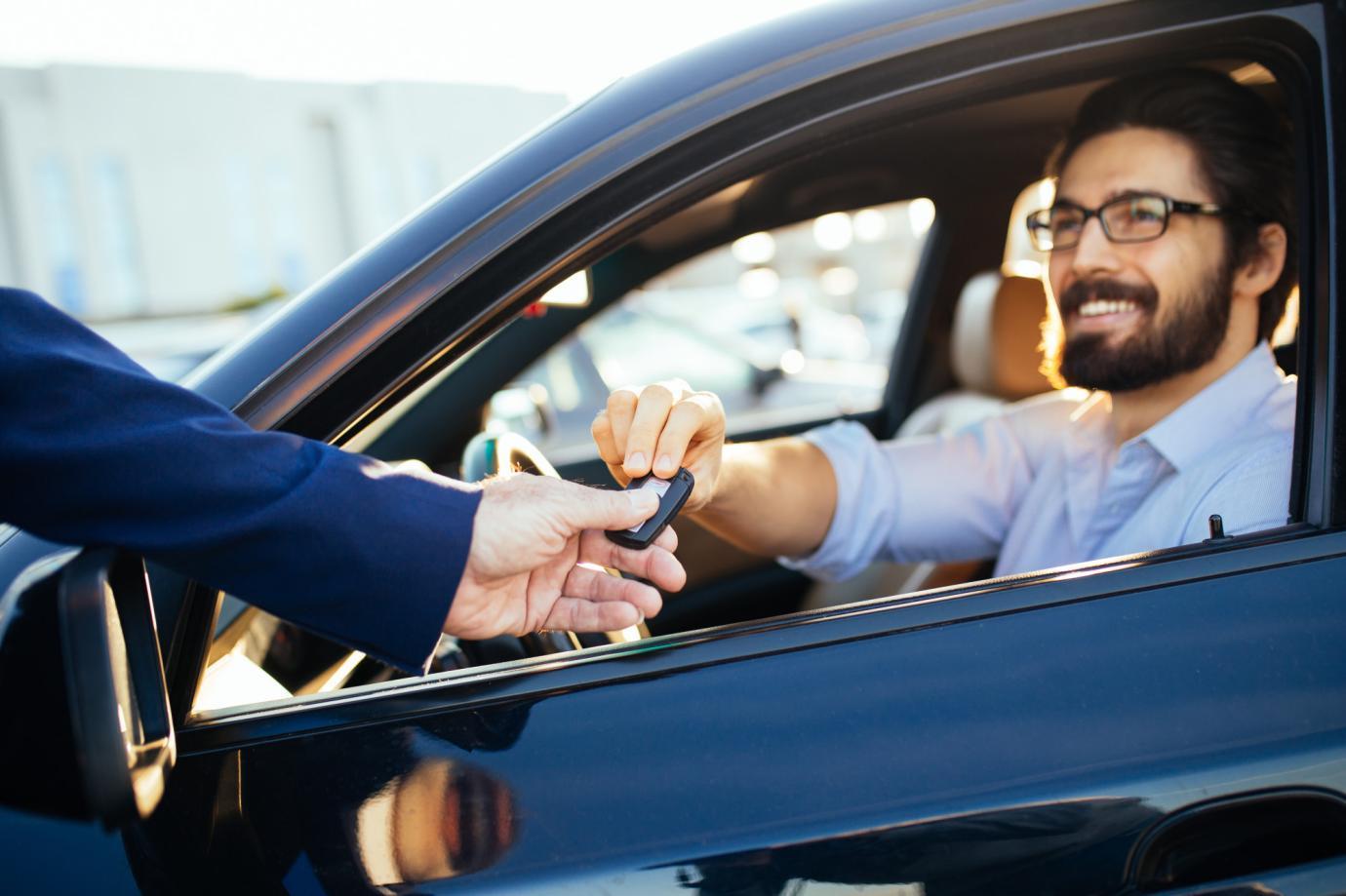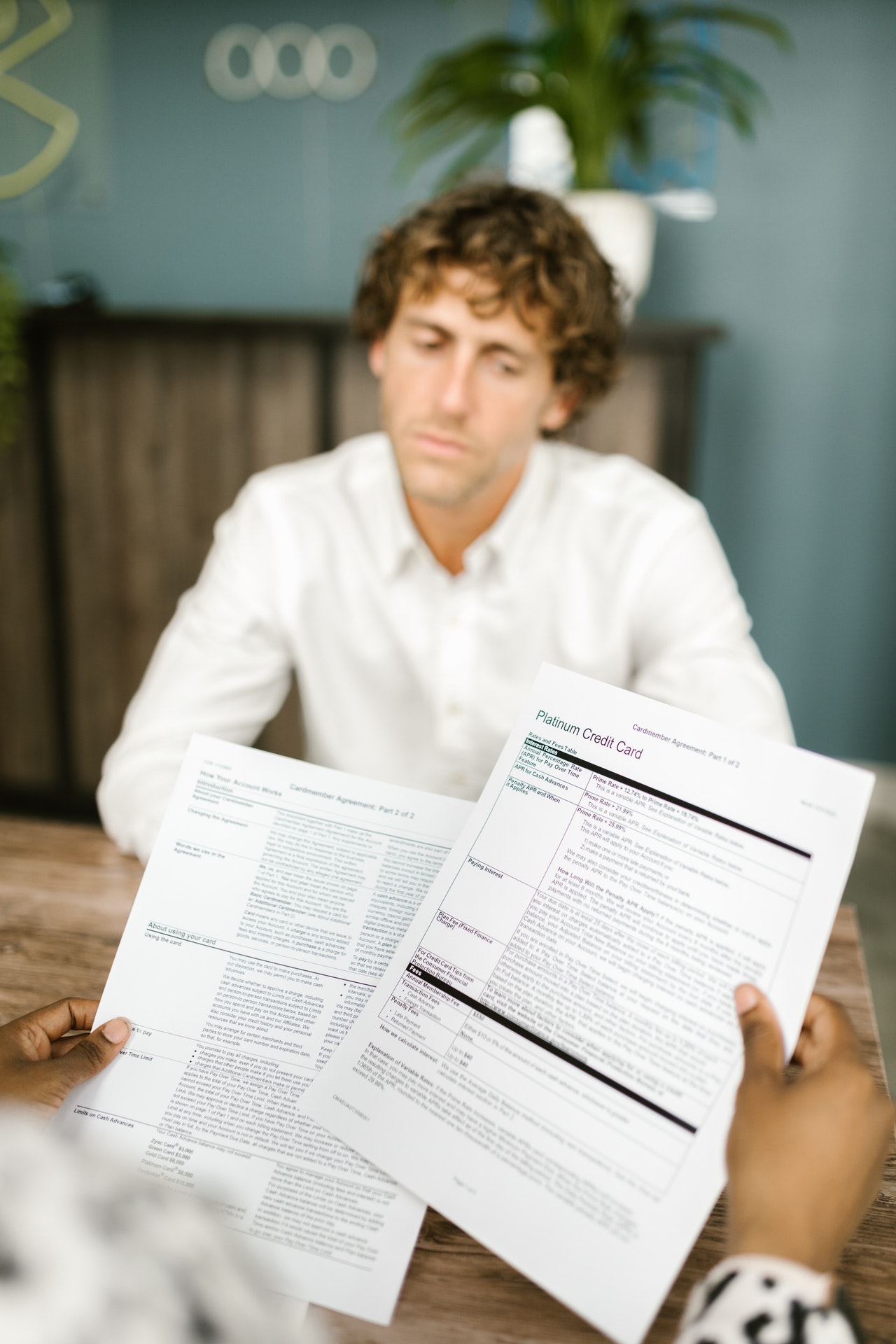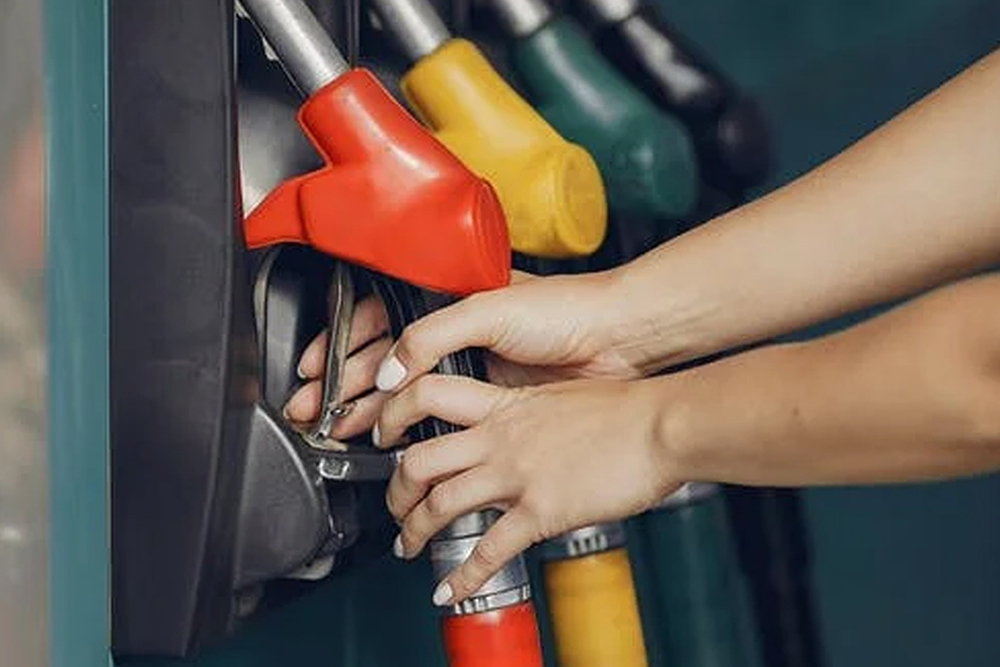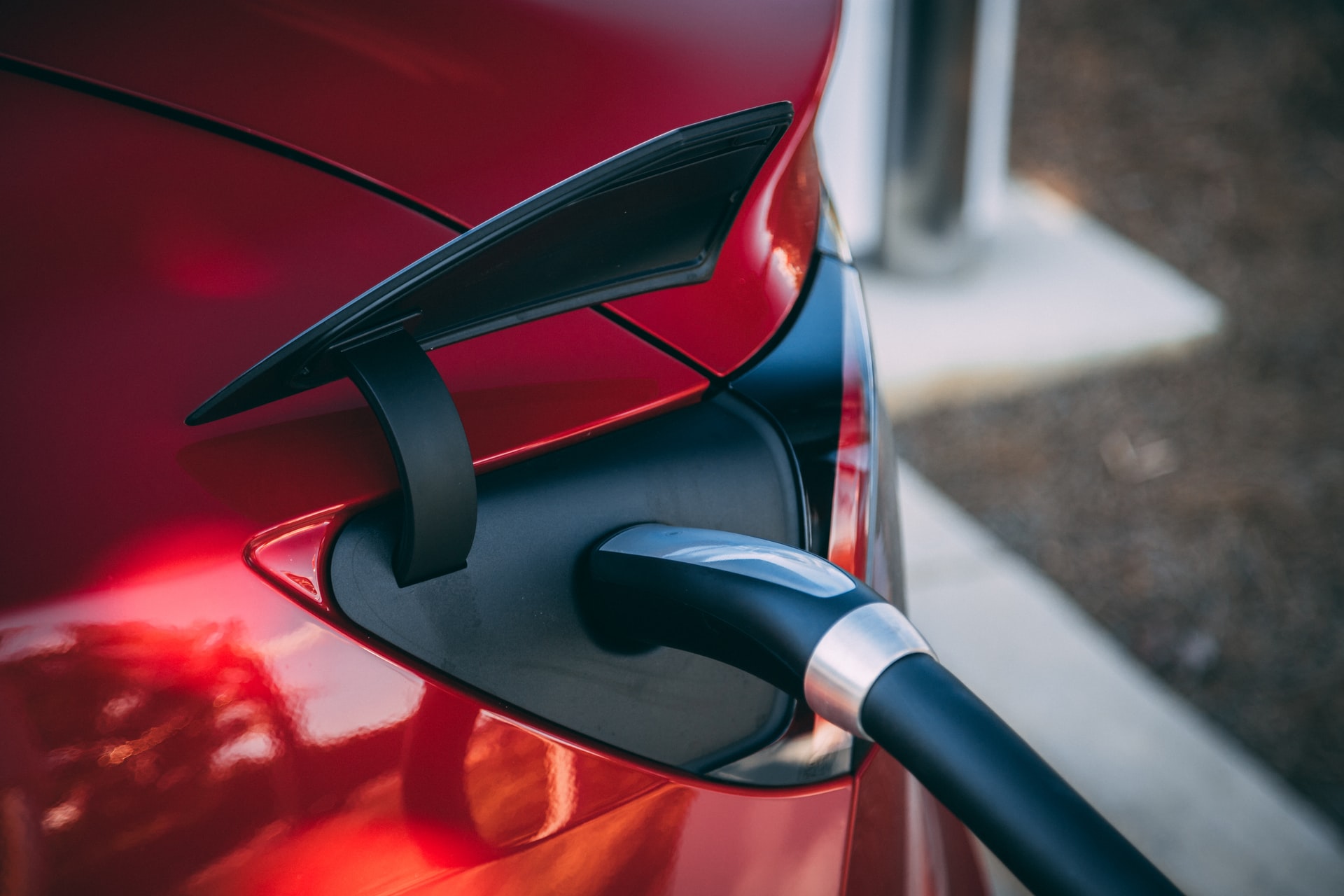

Roman Danaev
Whilst a used car will typically have a lower price and less depreciation, it also comes with its risks. If you don’t know where to look, you may end up spending an immense amount of time and effort fixing it. It is one of those things you just have to know when you start saving money for a car. Here are the solutions - our checklist of things to check when buying a used car and a little due diligence.
Be sure to check the Carplus car finance services, which will not only help you find the perfect car for you but also have easier access to the best financing options.
You may also be interested to read - Best Used Cars Under £7000
Inspect the car’s exterior
Let’s start with exterior checks since exterior defects are the easiest ones to spot when buying a used car.
1. Bodywork
Look at each body panel and the roof and try to stop anything that doesn’t look right. It may be scratches, dents, rust, misalignments, large gaps, bad paintwork, etc.
Other things you should do:
- Bring it into the light.
- Open and close everything - doors, the bonnet, the boot.
- Gently lift the doors to check the tightness of the hinges.
- See if the rubber seals have paint on them (a sign of repainting).
- Put a small magnet on areas to check to see if the pannel has filler in it..
2. Windows, windscreen & more
Make sure all the glass is in good condition, especially those that may affect the driver’s view. Check carefully to see that there are no cracks, small or large, deep scratches, or chipped areas. Wind down and up all the windows, and look at all the mirrors.
There may be small cracks or chips in the glass, but they must be treated with epoxy. However, you can bring it up during price negotiations because these small defects may worsen with time.
3. Lights & lenses, lens covers, light switches
Bring someone with you to inspect all the lights. Ask them to look at headlights, indicator signals, tail lights, and most importantly, how well they work (no lag, no blinking, etc.).
What you can also do on your own is to look at the conditions of the lights. All of them should be intact, have no cracks or moisture fog, and none should be missing. If the lights have been previously replaced, lightly pull them to make sure they are structurally intact.
4. Suspension components
For this inspection, the car should be sitting level and steady.
Here is a simple test for shock absorbers: Park on a level surface and push down on each corner with all your weight. Let's go and see how much time the car takes to stop bouncing. The number of bounces tells even more - it should bounce no more than 2-3 times.
Check by tugging the tyres back and forth. If there are noises or clunking sounds, there might be a serious problem with wheel bearings or suspension.
5. Tyres
A low mileage car (less than 20,000 miles) will usually have the original tyres. You might need to ask more questions if the previous owner replaced the original tyres on a low-mileage car or if they are from different brands.
Treadwear should be within normal (8 to 9 millimeters) or even on all sides. If the tyres show heavier wear, the car has been driven aggressively, which may have caused other hidden problems. If the wear is uneven, it means the tyres haven’t been evenly rotated.
There should be no scuffing, cracks, dents, or bulges across the entire surface. Finally, look at the condition of the spare tyre.
Inspect the car’s interior

Moving on to the inside of the car, here are the components to inspect next.
1. Seats
Just like with the doors and windows, try out all the seats, even if you personally won’t be using all of them. Test all the seat adjustments - pull them down and up, roll them back and forth. If everything is fine, try to get the driver’s seat in a comfortable position for yourself. While you’re at it, tug at all seatbelts and look at their condition.
You should be wary of heavy wear on the seats and seatbelts if the car is relatively new.
2. Brake pedals
Some of the most common problems with brake pedals are
- Soft or spongy pedal
- Excessive wear
- Squealing noise when braking
- Shudder when slowing down
Pay close attention to the rubber. Check if the pedal rubber is worn through in spots while the mileage is low - it’s another sign of aggressive use.
3. Smell
Remove the floor mats to see if there are wet spots on the carpet. Close the car door from the inside and take a sniff. Any musty, mouldy, or mildew odour should be a cause for worry. Also, bear in mind that the smoke smell is very hard to get rid of.
Strong in-car smells can also indicate minor or major mechanical issues:
- Exhaust fumes - exhaust leak
- Gasoline - fuel leak
- Sweet - coolant issues
- Burning rubber - overheated brakes or tires
4. Controls, devices, and instruments
Turn the ignition key but don’t start the engine just yet. All the warning lights should light up and go off as soon as you start the car.
When the engine is on, turn all the buttons and switches and pull all the levers. Turn on the heater on full blast to see how quickly the air gets warm; check the air conditioning system the same way.
All the monitoring tools (speedometer, tachometer, odometer, fuel gauge, oil pressure, temperature gauge, etc.) should be in operational condition.
5. Roof systems
Roof systems are designed individually, and if you’re considering an older model, there might be no need for checks.
If the car has a sunroof or convertable that opens up, make sure to test it. Open and close it; pour water from outside to check for poor sealing or ill-fitting mechanisms. Ask someone to shine a flashlight, also from the outside, and see if the light comes through the closed roof.
6. Boot
Start by visually inspecting the boot. You don’t want to find excessive wear or staining unless the previous owner has disclosed that the car has been heavily used. The boot door should open and close freely, with no squeaky and creaky noises.
Then, do a smell test. Some of the common problems have to do with carpeting. If it smells musty, it’s a sign of water entry (as is a rusty or wet spare tyre under the boot).
7. Audio system
Here is how you can check that the audio is working:
- Check for worn-out buttons and other components.
- Turn it on and test the main functions (see which ones apply to the car): turn on AM, FM, and satellite radio and change the stations; load a disk into the CD player and eject it, connect by Bluetooth, change the volume.
- Pay close attention to speaker outputs and audio quality.
Check the car’s engine

Inspecting the engine is a tricky task but well worth the effort. The defects uncovered here may be the biggest money drainers out of all.
1. Motor oil
Every type of dipstick (located under the bonnet of the car) has some way of indicating the proper oil level - L&H, Min&Max, etc. The oil streak should be between the two marks.
The colour and consistency of the oil are more important for the inspection, though. The oil should be brown or black and smooth. A light, milky appearance could mean that the coolant is spilling into the engine; metal particles could mean internal engine damage.
2. Leaks
If you notice spotting under the parked car, try to catch some of the drips by placing a white piece of paper or plate underneath. Here is what you may find:
- Engine oil will have an amber colour and feel thin and slippery. Oil leaks may be caused by degraded engine gaskets or improper or worn-out seals.
- Dirty engine oil will be dark and gritty. On top of the problems from above, it also means the oil hasn’t been changed in a while, or the engine is in poor condition.
- Brake fluid will be clear or yellowish. It could mean damaged hoses or overworked brake components.
- Coolant flood will be bright and feel sticky. It can be caused by poorly tightened clamps or worn hoses.
3. Head gasket
Check a used car for signs that the engine's head gasket has blown. Milky build-up under the oil filler cap, visible tailpipe smoke, rough idle, and overheating engine are some of those signs. Also, look at the car’s spark plugs and radiator and, if possible, run a compression test.
4. Clutch, gearbox & transmission
Here are some of the most common problems with these components:
- Lack of acceleration/insufficient throttle response
- Car shaking with grinding noise during gear shifts
- Buzzing, clunking, humming noises
- Delayed shifts or missing gears
- Car not slotting into gear
These can be a result of stretched cables, bent linkage, failing master/slave cylinder, low hydraulic fluid, and other causes. Most of these issues can be spotted when you drive the car around (we’ll talk more about it below).
5. Exhaust Smoke
If the car is smoking, check when the smoke appears, where the smoke is coming from, the colour of the smoke, and if your car is overheating. Let’s talk about the colour inspection in more detail:
- White smoke - could be water vapour from condensation within the exhaust system
- Blue smoke - oil is being burned due to a leaking valve seal or a problem with a piston ring
- Grey smoke - excess oil is burned inside the combustion chamber, also caused by leaky valves and faulty rings
- Black smoke - fuel-air ratio is too rich because of too much fuel or too little air from intake valves
Review the vehicle history
You can learn a lot from the vehicle history report, which holds the receipts for all the works carried out on the vehicle. You will have undeniable proof of whether the car has had serious breakdowns, damage replacements, etc. It also allows you to check if the car has outstanding finance or has been written off or recorded as stolen.
Also, compare the mileage indicated on the history report to the one displayed on the dashboard. You may not want to deal with this seller if they are different. If they have altered mileage on the car to make it seem newer, which is illegal, no one knows what other problems they’re covering up.
Sometimes, the service history report doesn’t show the full information on the car. Pop in the car’s VIN (stamped into the vehicle's chassis) into the VIN decoder - the National Insurance Crime Bureau (NICB) website. You’ll see if the vehicle has been lost, stolen, salvaged, or legally declared a total loss.
Go for a test drive
You can’t know whether the car is a good fit for you unless you personally drive it. It can be a good car on paper, but it’s very important to check how you feel when driving it.
Get comfortable, test acceleration, braking, steering, and ride quality, listen carefully for odd noises, and look out for anything that looks out of the ordinary.
Most dealerships will have pre-planned test drive routes, which are not the best indicators of the car’s condition. Try to expand that route to include left turns across traffic, go over some bumps, and do other things that precisely mimic the way you’ll drive. And try to arrange an extended test drive, a few hours or longer.
Ideally, you should be able to bring a friend or family member who will be able to pick up on the good and bad points you may miss.
Take the car to your mechanic
No matter how much you or your test drive companion know about cars, a professional will know more. For peace of mind, the last stop before finalising the purchase should be a repair shop. Even if the dealership has already done an inspection, insist on having an independent mechanic.
At the garage, request a thorough diagnostic check. Across the UK, garages usually charge between £50-£100. Once again, try not to cut corners and save money here. Making sure there won’t be expensive repairs is a worthwhile purchase.
When the test is done, the mechanics will give you a written report noting any problems found and the cost of repairs. You can show this report to the seller to get an even better deal.
The bottom line
Even if a personal vehicle is of utmost importance and urgency, there should really be no rush when you check a used car before buying. Complete a thorough inspection - you’ll thank yourself later. Especially when you already know how much you should spend on your first car, this checklist may help you save some money because you can find a much better deal
If you already have a good option that fits your needs and budget, go through the list to double- and triple-check that you’re making the right choice.
Contents
Latest News
| Loan amount: | £16,000 |
|---|---|
| Length of loan: | 60 months |
| Interest rate: | 12,9% |
| Amount of interest | £5,793.84 |
| Total payment: | £21,793.84 |





